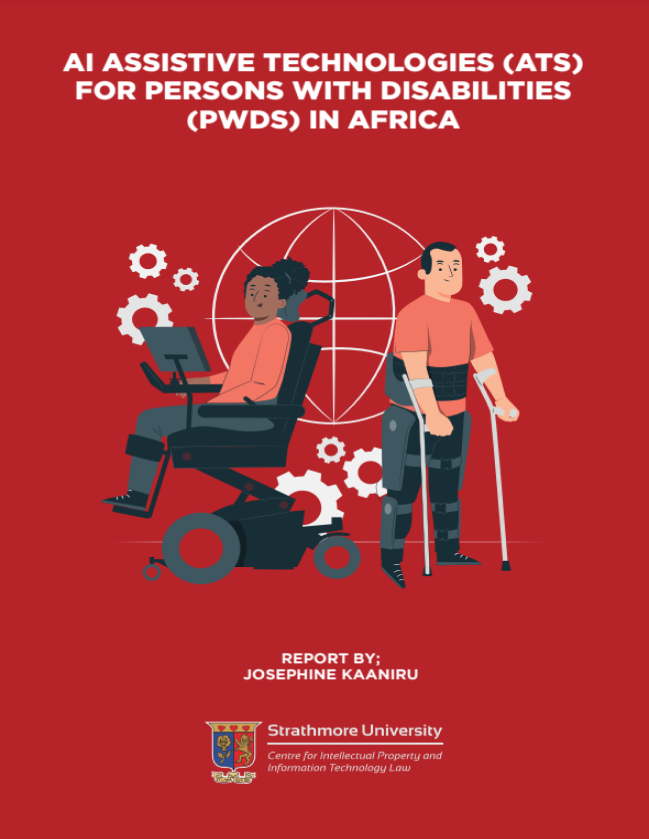Assistive AI Technologies
- CIPIT |
- November 15, 2023 |
Summary
Assistive technologies (ATs) are the various tools, devices, software, or equipment designed to assist individuals with disabilities in performing tasks, improving their functional capabilities, and enhancing their overall independence when interacting with physical and digital environments. Unfortunately, over 80% of persons with disabilities live in low and middle-income countries (LMICs), where Assistive Technologies are not readily available. This project mapped the various AI-based Assistive Technologies (ATs) used in Africa, and identified the pressing challenges impacting their development and deployment on the continent, such as inadequate representative datasets to develop AI-based systems, inadequate funding for AI assistive applications, digitalization and digital skills gaps, and policy challenges. The project also issues policy recommendations to address these challenges, such as integrating assistive technology policies into the health frameworks, development of appropriate data infrastructure, bridging the digital gap and increasing funding and investment into assistive technology projects.
Assistive technologies (ATs) are the various tools, devices, software, or equipment designed to assist individuals with disabilities in performing tasks, improving their functional capabilities, and enhancing their overall independence when interacting with physical and digital environments. This project mapped the various AI-based Assistive Technologies (ATs) developed in Africa, and outlined pressing challenges that affect their development and deployment on the continent, such as inadequate representative datasets to develop AI-based systems, inadequate funding for AI assistive applications, digitalization and digital skills gaps, and policy challenges. The project also issues policy recommendations to address these challenges, by integrating assistive technology policies into the health frameworks, developing appropriate data infrastructure, bridging the digital gap and increasing funding and investment into assistive technology projects.

